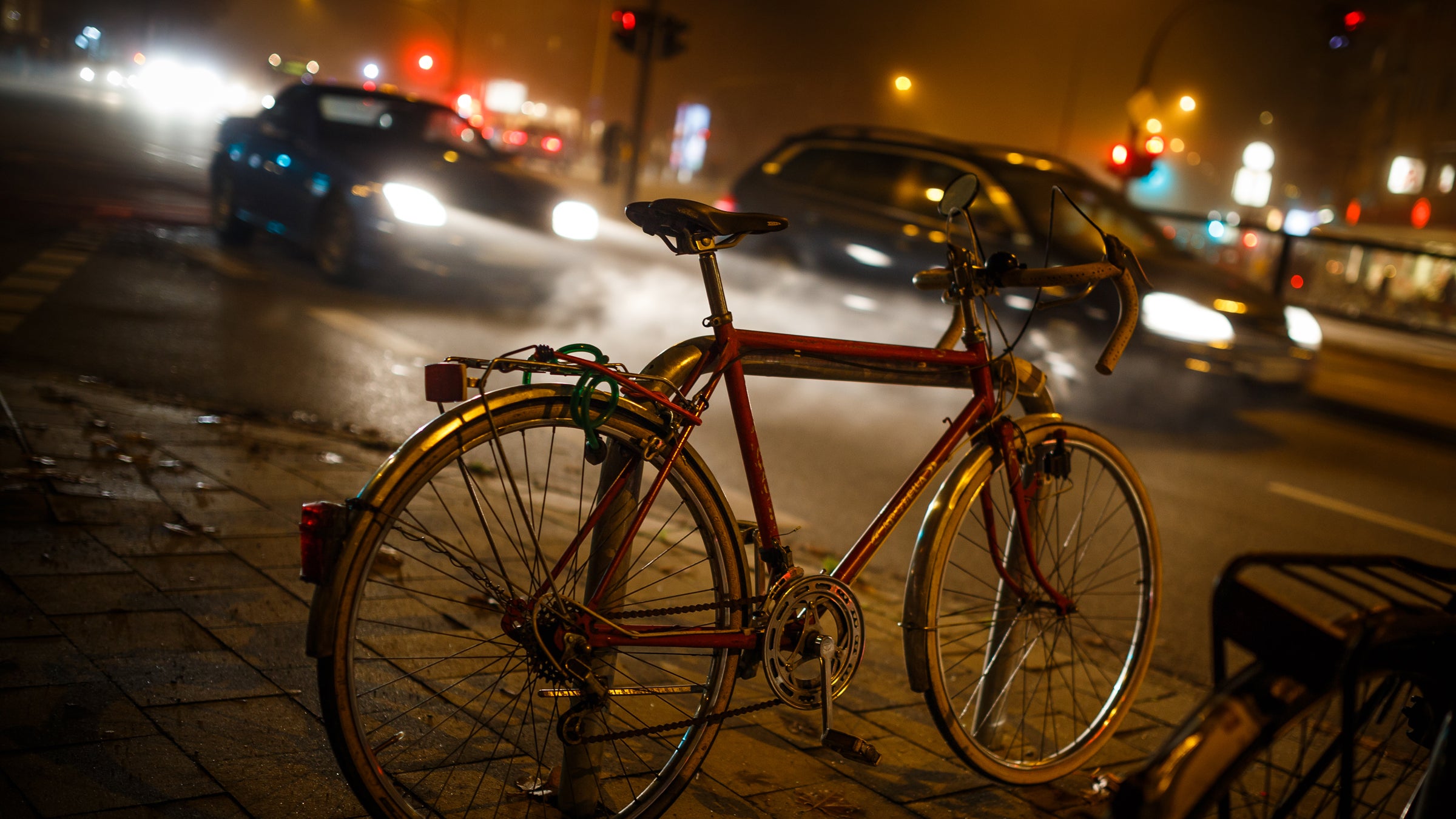Cyclist Ernest Ezis, tired of hearing about reckless and aggressive drivers putting cyclists in harm’s way, has created an online database for reporting and tracking such incidents. It’s called the , and it gives cyclists a means of fighting for their fair share of the road.
When a rider experiences a close call or hears curses shouted at them from a car window, he or she can report and geotag the incident on the database. , when reporting an incident, a cyclist should provide the location, time, license plate number, car details, and a measure of the level of danger. Once a report is filed, Close Call will warn members within a 60-mile radius in case they also happen to run into the driver.
Ezis designed Close Call out of “bitter experience,” he . He moved to Boulder, Colorado, in 2012 and was around for the local trial of a dump truck driver who by pulling his truck into the cyclist’s lane. Apparently, the driver had a documented history of road rage against riders. The fact that his repeated acts of aggression eventually killed a cyclist prompted Ezis to start the database.
As reports pile up, Ezis hopes the database will show patterns of serial bike-hate by drivers. “Cataloging their aggression and documenting their hostility toward cyclists provides important information to fellow cyclists, local police, and prosecutors,” Ezis wrote. “When problem drivers are identified, this site will contact police where the incidents have occurred so that they can intervene before another tragedy occurs. If that same driver does harm a cyclist at a later date, the information in the incident reports will help ensure that justice is served.”
Bicycling reports that the database should be used only to report intentionally aggressive incidents, and recommends that cyclists give the benefit of the doubt to drivers who are careless or ignorant or make an honest mistake.
Cyclists can log into the site with their Strava accounts or create a specific Close Call Database profile. Users haven’t been shy about putting drivers on notice. So far, a map on the site shows recorded incidents in the United States, Canada, Japan, Malaysia, Australia, New Zealand, Brazil, South Africa, and several European countries.
“No one is going to solve this problem for us,” Ezis writes. “We have to do it ourselves.”


